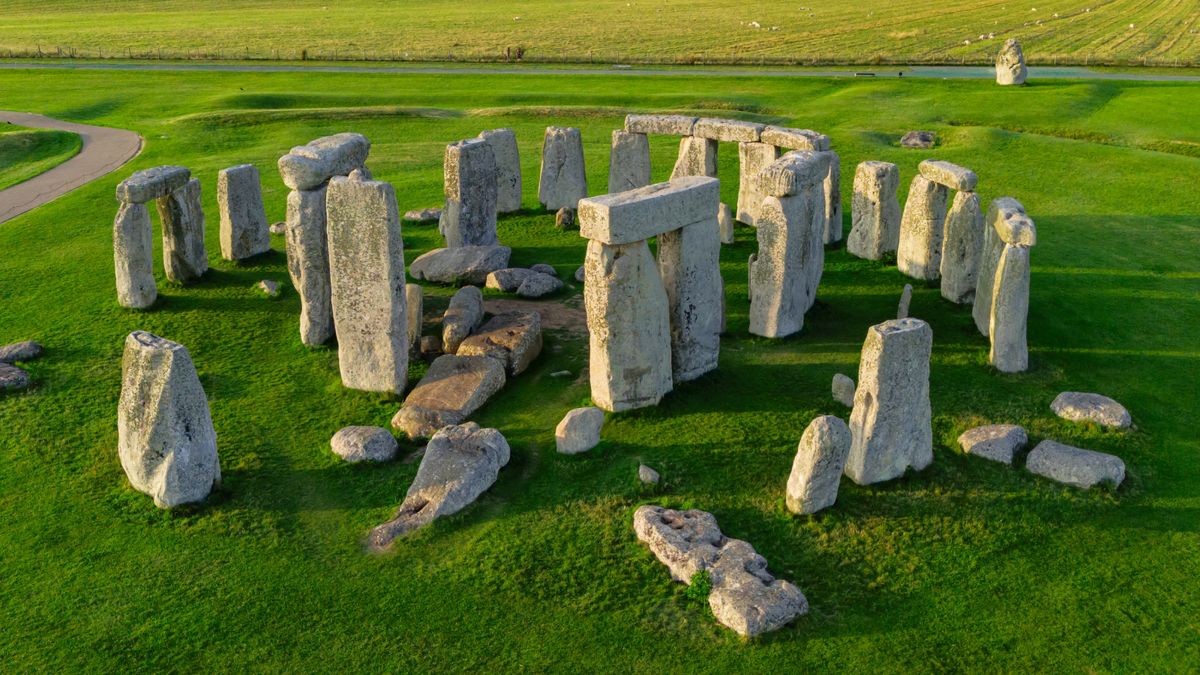There are countless megalithic sites around the world, but while Stonehenge may be the most famous, know this: it is not the oldest or biggest. The site of Göbekli Tepe, in Turkey, dates back about 11,000 years, making it more than double Stonehenge’s age. Additionally, Stonehenge is not the biggest megalithic monument, with the site of Avebury in southwest England having a stone circle with a larger diameter. Read on to take a look at seven megalithic sites around the world that rival Stonehenge.
Related: Ancient people lived at German ‘Stonehenge,’ site of brutal human sacrifices
Göbekli Tepe
At more than 11,000 years old, Göbekli Tepe consists of a series of megalithic enclosures that were built close together. The site is located in southeastern Turkey, a place that was once part of Upper Mesopotamia, and was built at a time when people in the area lived as hunter-gatherers.
T-shaped stone pillars that were up to 18 feet (5.5 meters) tall were used to build the enclosures. The pillars contain carvings of animals such as foxes, boars, gazelles, snakes and vultures. The carvings also include depictions of abstract symbols and figures that look like humans.
Exactly why Göbekli Tepe was built is a source of debate. It’s possible that it was used for religious ceremonies or gatherings. The site was built long before writing was invented, so no historical records exist.
Avebury

The site of Avebury originally had a stone circle with a diameter of about 1,378 feet (420 meters) making it the longest known stone circle in the world, a team of scientists wrote in a 2019 paper published in the journal Antiquity. Inside this stone circle there are the remains of two smaller stone circles, each of which was about 328 feet (100 m) across.
Avebury was created around 2500 B.C., at around the time Stonehenge was in use. The site appears to have been part of a larger megalithic landscape. At the time people in Britain practiced a mix of agriculture, hunting and gathering. Researchers have noted that two avenues of paired standing stones leave from Avebury and go toward other megalithic sites in the region.
Ring of Brodgar
The Ring of Brodgar is located on the largest of the Orkney Islands in Scotland. Dating back to around 2500 B.C., it has a stone circle that originally consisted of 60 stones, of which 36 survive Historic Environment Scotland notes. The stones range from 6.9 feet to 15.4 feet (2.1 to 4.7 m) tall, creating a circle with a diameter of 341 feet (104 m). In addition to the stone circle, there are 13 prehistoric burial mounds located close to the site, indicating that ceremonies commemorating the dead may have taken place at the site.
Ale’s stones
Ales Stenar (a name which means “Ale’s Stones” in Swedish) consists of 59 boulders, weighing up to 4,000 pounds (1,800 kilograms), that were arranged in the shape of a ship. Located by the side of a cliff near the Swedish fishing village of Kåseberga, the date of the structure is a source of debate, with estimates ranging from 1,000 to 2,500 years ago. Its purpose is also uncertain. One idea is that the site may have been used as a solar calendar.
Rujm el-Hiri
Rujm el-Hiri is located in Golan Heights (a region claimed both by Israel and Syria) and dates back around 6,000 years. It consists of a series of stone circles with a tumulus, or mound, in the center. Other tumuli are located nearby. The site is known by a few different names including the “Wheel of Giants” and the “Levantine Stonehenge.”
It’s unclear what exactly the site was used for. The tumuli suggest it was used for burial, perhaps for important people who lived in the area during prehistoric times. It has also been proposed as a site for astronomical observation, but recent research suggests that this is unlikely.
Spanish Stonehenge
Dating back around 7,000 years, the “Dolmen of Guadalperal,” also known as the “Spanish Stonehenge,” is located in what is now a human-made lake in western Spain. It consists of about 150 standing stones that are arranged around a central oval area. Some of the standing stones are more than 6 feet (1.8 m) tall. A large stone appears to mark the entrance to the site, and is engraved with an image of a human and what could be a river or snake. The archaeological site was covered with water after a series of dams were built in the 1960s.
Carnac stones
The Carnac stones, located in Brittany in northwestern France, date back around 6,000 years. They consist of about 3,000 stones, the largest of which is about 21 feet (6.5 m) tall, according to the Centre de Monuments Nationaux. They are arranged into circles and linear rows, while a few, like the stone that is 21 feet tall, are located away from the others and appear to stand alone.
The purposes and exact dates of the stones are uncertain, but it appears that some of them mark the locations of graves. What kind of religious or ritual practices occurred at the site is also uncertain, but people appear to have gathered at the stones for thousands of years.
